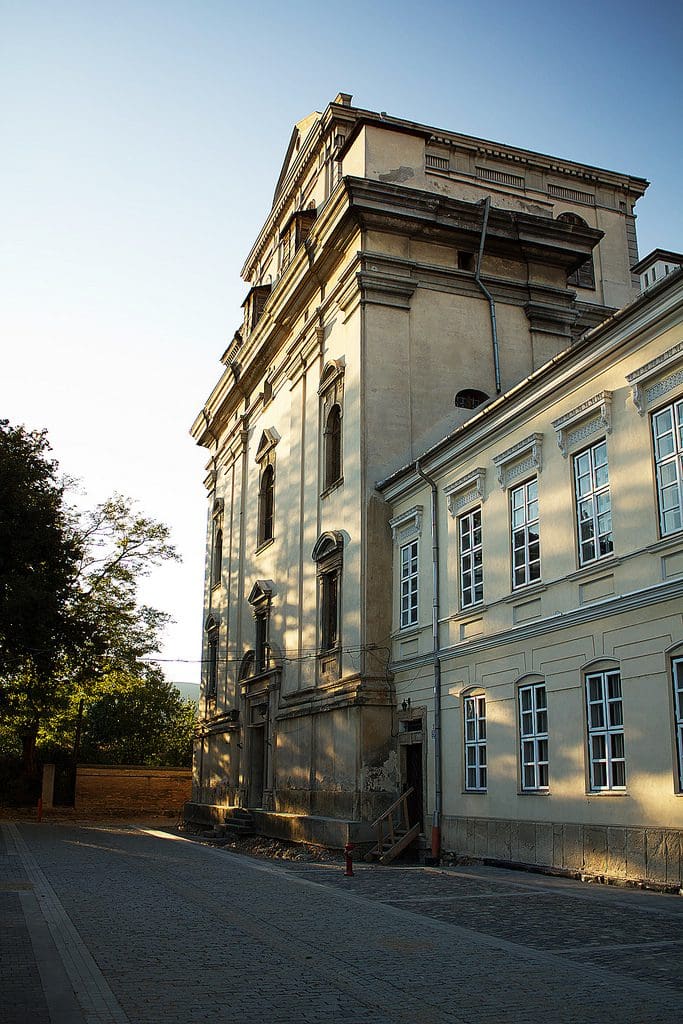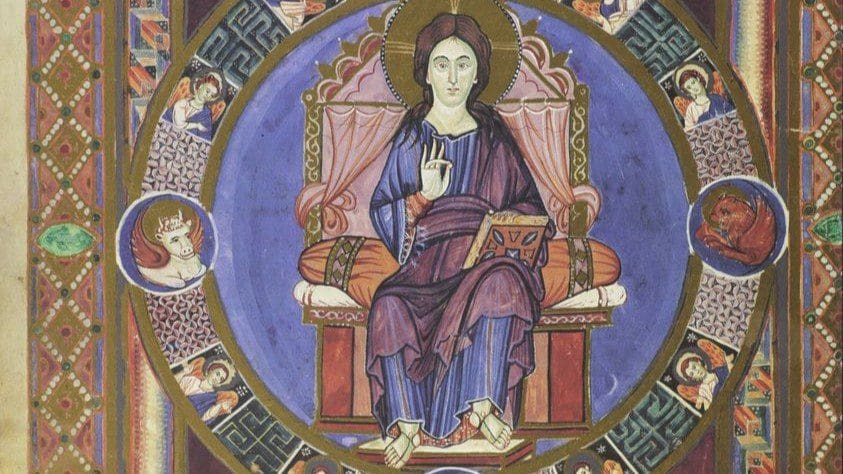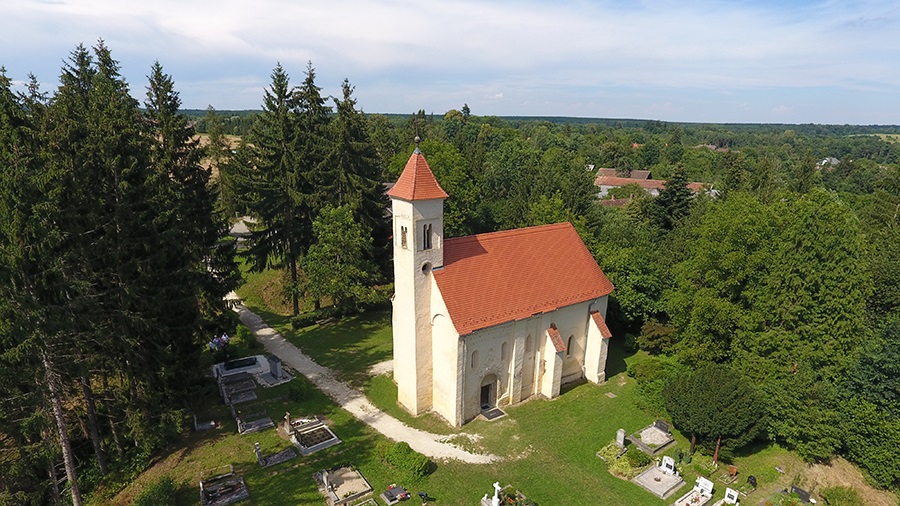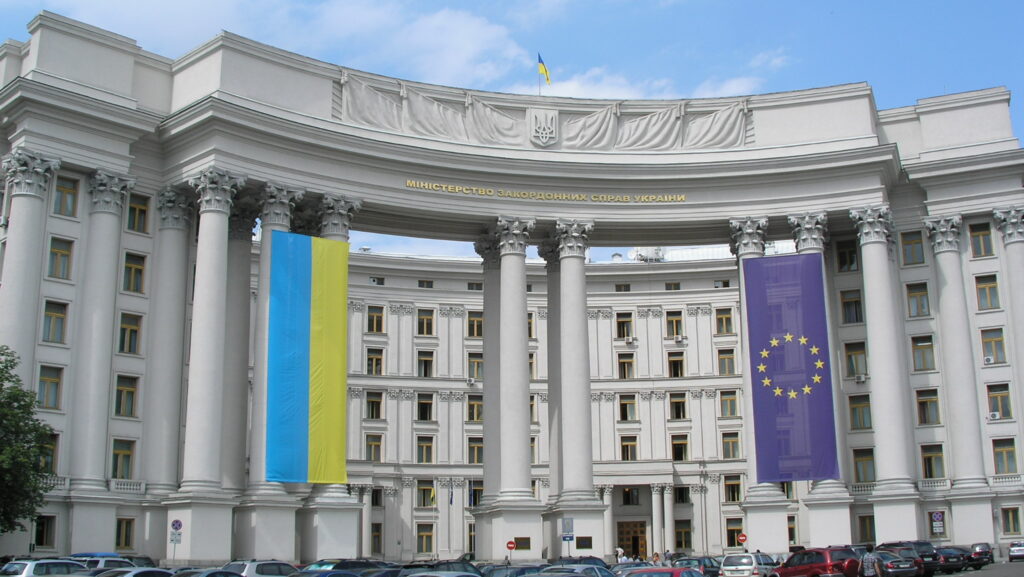The Codex Aureus, also known as the Golden Codex, preserved in the Batthyáneum Library in Gyulafehérvár (today Alba Iulia in Romania), has been inscribed on the UNESCO Memory of the World Register, according to the Romanian National Library’s announcement, reported by the Transylvanian news portal Krónika.
The Bucharest institution announced on its social media page that on 18 May, the Codex Aureus, the oldest medieval manuscript in Romania, located at the Gyulafehérvár branch of the Romanian National Library in the Batthyáneum Library, was added to the UNESCO Memory of the World Register. Krónika recalled that the possibility of declaring the Codex Aureus a part of the world heritage was mentioned by Adrian Cioroianu, the director of the Romanian National Library and former Minister of Foreign Affairs, at a conference held in Gyulafehérvár in early May.
Although information spread after the 1989 regime change suggested that the Romanian Communist regime used this codex as collateral for the country’s international loans, Cioroianu denied this. He added that during the current application process, there was no need for the codex to leave the country. The necessary documents for inscription on the Memory of the World Register were submitted in digital form according to 21st-century rules, making them accessible to anyone. The Codex Aureus, written in golden ink on parchment made of calf leather is owned by the Batthyáneum Library, along with other valuable collections.
It was around 810, in the court of Emperor Charlemagne in Aachen, that the Codex Aureus, a a 474-page liturgical book consisting of the four Gospels and beautiful miniatures with colourful page frames was created. After the death of the emperor in 814, it was donated to the Lorsch Monastery in Hesse. The codex contains the four Gospels because in the 9th century, lectionaries were not yet divided into daily readings for the Holy Mass. In the 16th century, during times of war and under unknown circumstances, the codex was divided into four parts and ended up in three cities and four museums.
The building housing the Batthyáneum, or Biblioteca Batthyaniana, was built by the Roman Catholic Church in the first half of the 18th century and originally housed the church and monastery of the Trinitarian order. At the end of the 18th century it was transformed into a military hospital after Habsburg emperor Joseph II ordered the dissolution of religious orders that ‘did not conduct useful activities.’ In 1792, Bishop Ignác Batthyány took over the building, using it for cultural purposes. After a series of transformations, the Bishop founded an observatory and a library in the edifice in 1798. The library is located in the Aula Magna, which used to be the nave of the Trinitarian church.

After WWII, the building was expropriated by the Romanian Communist state in 1950, but it was officially nationalised only in 1961. After the system change, the Roman Catholic Church immediately requested its return, and it was only officially returned in 1998 through Government Emergency Ordinance No. 13. However, the local chapter of the Romanian Social Democratic Party challenged the decision in court and after several lower instance courts rejected the party’s lawsuit, the highest court ruled in its favour in 2003. The Archbishopric of Gyulafehérvár appealed the decision at the European Court of Human Rights. The legal status of the library remains unsettled to this date, despite the fact that the Batthyáneum is the most valuable of the nationalised assets that various Hungarian churches in Transylvania are requesting back from the Romanian state. The library, which houses 65,000 volumes and 75 per cent of the codices and incunabula found in Romania, represents a unique cultural and natural heritage.
The Memory of the World Programme, launched by UNESCO in 1992, aims to identify, preserve, and promote rare and endangered written or audio-visual documents and collections of universal value found in member countries.








